
Keto and Body Composition: What Our Study Showed
Critiquing a study based on the abstract is like reading the back of a book and trying to tell someone the details of what happens. There’s much more…

Exercise isn’t just about weight loss! In fact, you don’t have to exercise to lose weight; however, there are numerous reasons why you should be working out! Exercise helps maintain muscle mass, which can improve metabolism. But working out still goes beyond body composition! Research shows that exercise improves healthy aging and longevity, physical strength, power, endurance, and metabolic capacity.
 Okay, so you know you should exercise, but what kind of exercises should you be doing? Well, let’s look at the different modalities of working out: aerobic and anaerobic training. Anaerobic training is important for strength and power and includes resistance training (think weight lifting). Aerobic training is important for endurance and includes cardiovascular activities like running or swimming. The key to optimized health is a balance between the two. Strength and power from resistance training are important for simple, everyday tasks like standing up from the couch, carrying objects, or even catching yourself if you fall. Endurance, on the other hand, is equally important for common tasks like walking, walking upstairs, or hiking. Research suggests that a combination of these two, also known as concurrent training, is optimal for body composition and overall health.
Okay, so you know you should exercise, but what kind of exercises should you be doing? Well, let’s look at the different modalities of working out: aerobic and anaerobic training. Anaerobic training is important for strength and power and includes resistance training (think weight lifting). Aerobic training is important for endurance and includes cardiovascular activities like running or swimming. The key to optimized health is a balance between the two. Strength and power from resistance training are important for simple, everyday tasks like standing up from the couch, carrying objects, or even catching yourself if you fall. Endurance, on the other hand, is equally important for common tasks like walking, walking upstairs, or hiking. Research suggests that a combination of these two, also known as concurrent training, is optimal for body composition and overall health.
Now you know that in order to optimize overall health, you should be practicing concurrent training, but let’s go further into detail and discuss how to optimize both resistance and endurance training. First, what is resistance training? Resistance training isn’t just about weight lifting, it is when your muscles have to fight against a force. This can be bodyweight, resistance bands, machines, or weights. All of these modalities may have a place in your workout regime; however, free weights and resistance bands are more functional than machines (because they are not on a set path and require stabilizer muscles), as compared to machines, however, because machines are on a fixed path, they are less dangerous and less likely to cause injury when compared to free weights. It is optimal to use a combination of both.
In order to figure out exactly what kind of exercises will be most beneficial to you, you need to understand what your needs are. The core needs that most people look for when exercising are outlined below, along with suggested rep ranges. When practicing these recommendations, it’s also important to take into account muscle confusion. You should not be doing the same exercises day-in and day-out. Every few weeks to months, try to switch up your routine to maximize results.
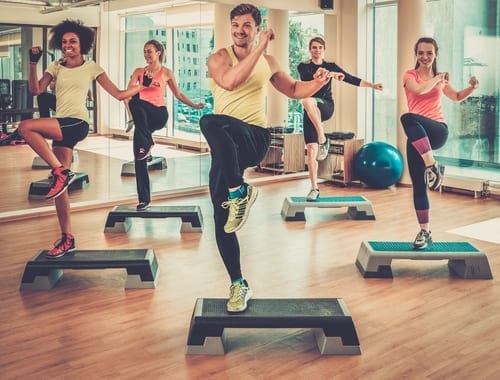
Aerobic training requires oxygen and includes activities like running, biking, swimming, dancing, and more. Aerobic activity is great for fat loss because fat is broken down aerobically (meaning it requires oxygen). The degree to which fat is broken down depends on the intensity of the exercise (need for fuel). When you complete lower intensity exercises (like walking or hiking), you burn fat as the primary fuel source. When completing higher intensity activities, carbohydrates are the primary fuel source. Does this mean you need carbohydrates to exercise? No, you don’t need to consume carbohydrates through diet, because muscle glycogen can provide fuel. The carbons from fats can be converted into glucose, which can be used as fuel. Similarly, amino acids like alanine can be converted into glucose. Additionally, carbohydrates are not needed for endurance activities because your body can tap into fat stores, which are greater and provide much more energy to fuel your workout.
In order to determine what kind of aerobic activities you should be doing, you should assess your goals and consider the different advantages and disadvantages (outlined below).
When people refer to metabolism, they are often referring to the calories burned in a day. These calories aren’t just from exercise or genetics, but a complex of factors. In fact, exercise itself (or exercise activity thermogenesis, E.A.T.) only accounts for approximately 5% of your total daily energy expenditure (TDEE). Other factors to consider include the thermic effect of food (TEF), and basal metabolic rate. Outside of exercise, another aspect of metabolism to consider is non-exercise activity thermogenesis or N.E.A.T. NEAT is a measurement of spontaneous activity and includes everything from fidgeting and blinking to walking. NEAT actually makes up about 15% of your TDEE.
TDEE= BMR + NEAT + EAT + TEF
A simple way to increase NEAT is to move more (outside of exercise). Doing things like walking more (try to hit over 10,000 steps), taking the stairs instead of the elevator, cleaning up/ doing chores, and even chewing gum can help increase your metabolism.

Critiquing a study based on the abstract is like reading the back of a book and trying to tell someone the details of what happens. There’s much more…
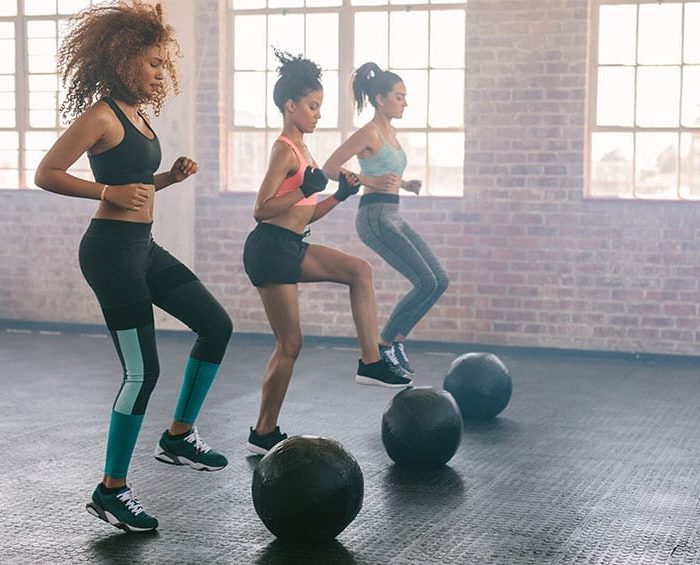
Wondering how to work out when you’re on the keto diet? Learn the optimal ways to follow keto and exercise to promote ketosis and great results.
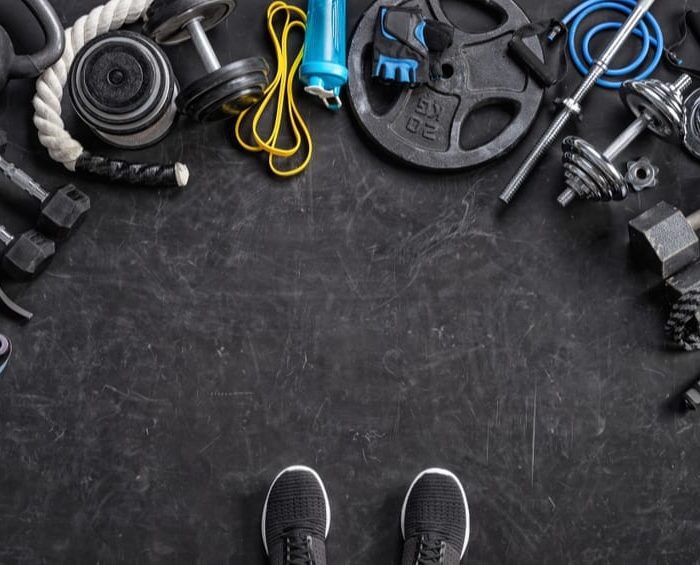
Cardio for weight loss and weightlifting for more muscles, right? Not exactly. Find out how both types of exercise help you lose fat.
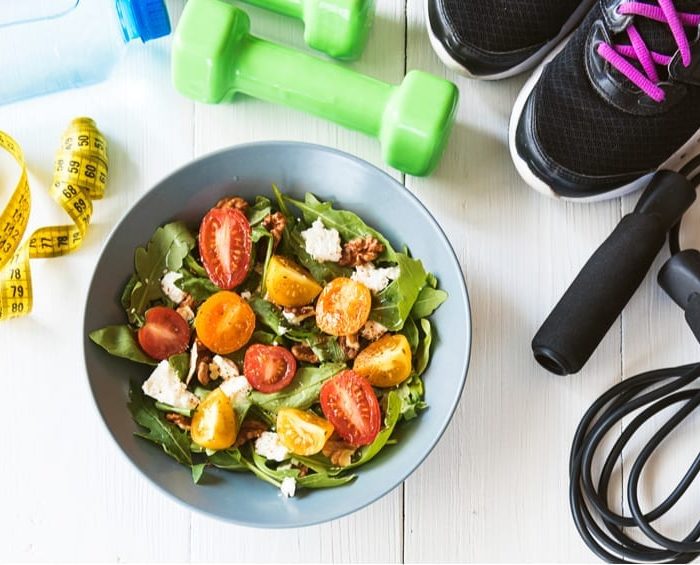
If You’re on Keto, Do You Need to Exercise too? You’ve just started keto, and the weight is already falling off. You’re well on your way to reaching your weight loss goals, so do you really need to exercise while you’re on keto? The short answer is yes. Exercise is necessary whether you’re on […]
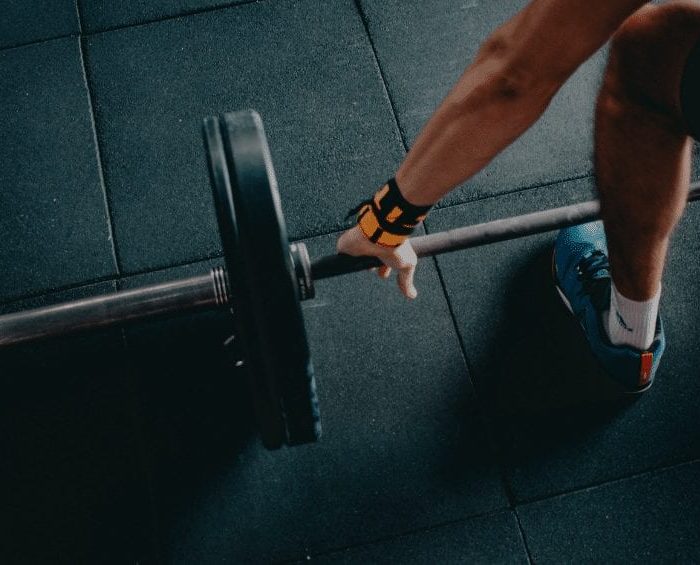
This is one of the most common critiques of the ketogenic diet. Depleted glycogen stores with no carbohydrates to replenish them must mean impaired…

